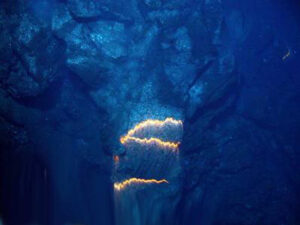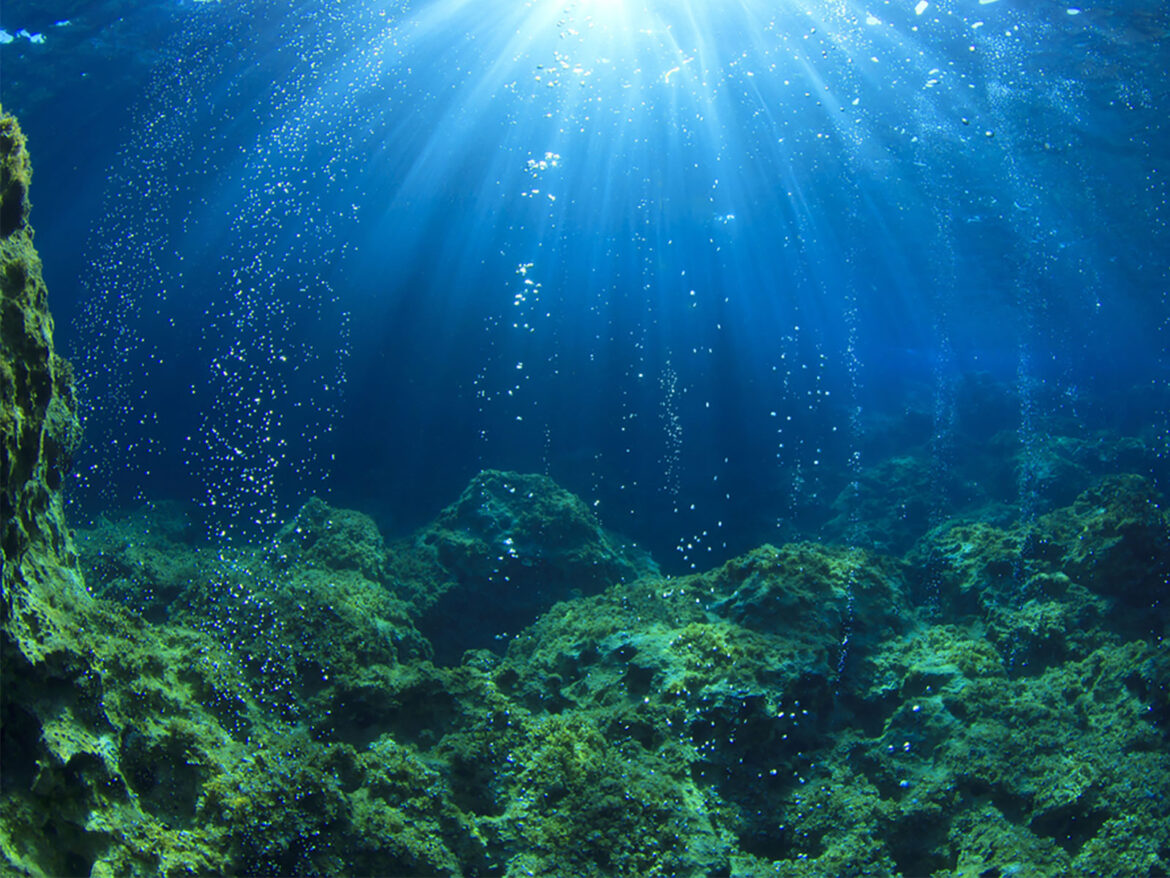After an extensive weeks-long deep-sea expedition, international researchers from various universities have made a significant discovery off the south-west coast of Sicily: three underwater volcanoes with uncertain activity status. These findings were made possible through a collaborative effort by researchers from institutions including the University of Malta, National Institute of Oceanography and Experimental Geophysics (OGS), Geomar Helmholtz Centre for Ocean Research Kiel (Germany), MBARI (Monterey Bay Aquarium Research Institute, US), Victoria University of Wellington (New Zealand), and several UK universities.
The newfound volcanoes, measuring at least 6 kilometers in width and soaring over 150 meters above the surrounding seabed, were identified during an expedition onboard the German vessel Meteor. The exploration, carried out between July 16 and August 5, involved the meticulous scanning of previously uncharted areas in the Sicily Channel.
Dario Civile, a researcher at OGS who actively participated in the project, emphasized the groundbreaking nature of the discovery. He stated, “We believe this is a very important discovery because it sheds light on unexplored seabed. The Mediterranean has been navigated for millennia, yet, surprisingly, we know very little about its seabed.”

The researchers collected rock samples, including lava deposits, during the expedition. These samples will undergo comprehensive analysis in the months ahead to determine the volcanic activity status of the newly found underwater volcanoes. While hydrothermal activity has been observed in the area, it is currently premature to ascertain whether the volcanoes are currently active. Scientists intend to interpret the high-resolution seismic profiles acquired around the volcanoes to gain deeper insights.
The region in question has historical significance when it comes to volcanic activity. Previous instances of underwater volcanoes in this vicinity have erupted, at times leading to the emergence of small islands which later vanished beneath the sea. A notable example occurred on July 18, 1831, when a volcanic island surfaced in the Mediterranean near Sciacca. This island’s emergence sparked territorial disputes involving British, French, and Sicilian interests, ultimately resulting in its disappearance by December of the same year.
The recent expedition also unveiled an intriguing historical artifact—an underwater shipwreck at a depth of 110 meters on the “Nameless Bank” situated between Linosa, a volcanic island, and Sicily. Despite its discovery, the wreck’s origins and age remain a mystery.
As the scientific community continues to investigate these newly identified underwater volcanoes, the findings underscore the importance of studying the ocean’s depths to enhance our understanding of Earth’s geological processes and history. With over a million underwater volcanoes believed to exist globally, accounting for 80% of volcanic activity, uncovering their secrets is of paramount significance.




